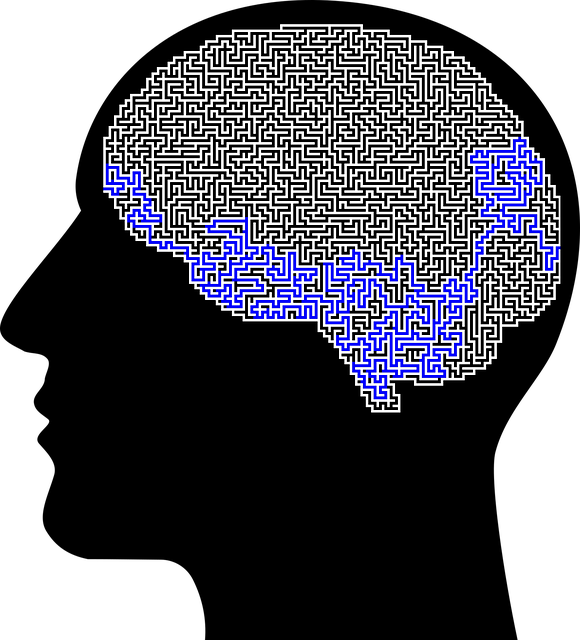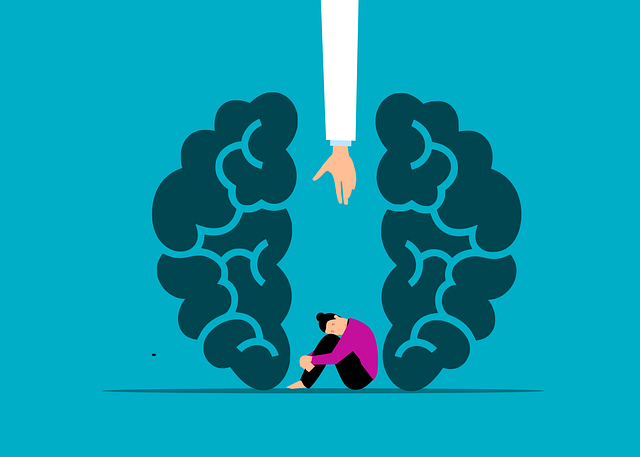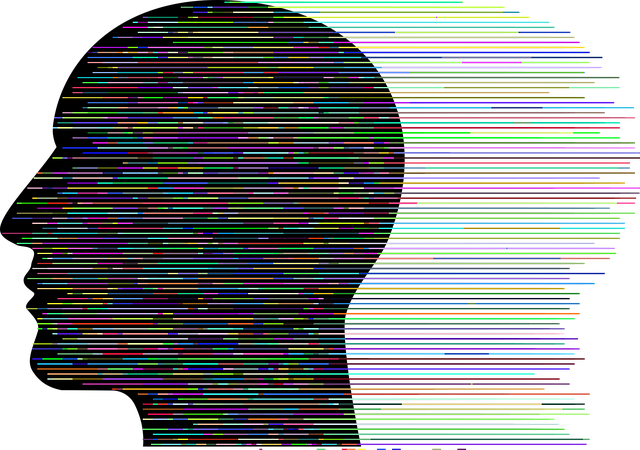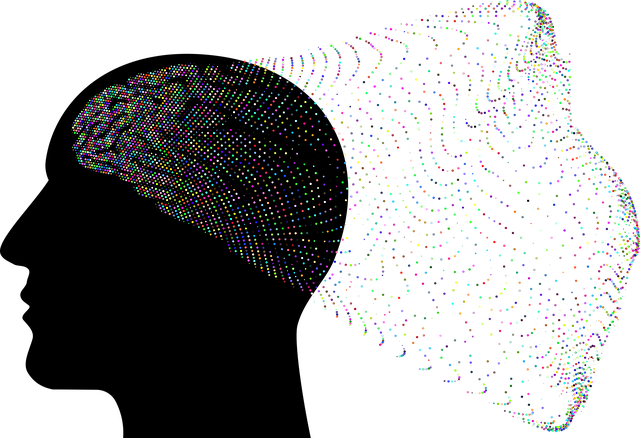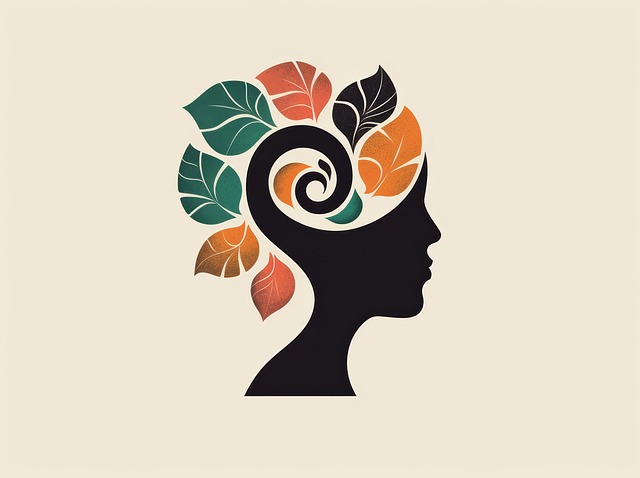Risk assessment is critical in therapy for adolescent teens who have experienced child abuse, enabling mental health professionals to create safe, supportive environments and implement targeted harm minimization strategies. By identifying potential risks and triggers, therapists can develop coping mechanisms, structured plans, and stress reduction methods to enhance the teen's healing journey. Specialized therapy sessions, group support, and self-care routines are essential components of comprehensive harm minimization plans, fostering mental health awareness and resilience in these vulnerable populations.
“In the realm of therapy for adolescent teens, understanding risk assessment and implementing harm minimization planning are paramount. This comprehensive guide delves into essential aspects of ensuring teen safety within therapeutic settings. We explore foundational concepts of risk assessment, shedding light on its role in identifying potential harms, particularly child abuse within vulnerable populations.
Through practical strategies, we outline developing effective harm minimization plans, offering interventions to foster secure environments. Additionally, this article emphasizes the critical processes of implementation and monitoring, ensuring supportive systems for at-risk teens.”
- Understanding Risk Assessment: A Foundation for Safety in Therapy
- Identifying Potential Harms: Child Abuse within Adolescent Teen Populations
- Developing Comprehensive Harm Minimization Plans: Strategies and Interventions
- Implementing and Monitoring: Ensuring Effective Support for At-Risk Teens
Understanding Risk Assessment: A Foundation for Safety in Therapy

Risk assessment is a cornerstone in ensuring safety within therapeutic environments, especially when working with vulnerable populations like adolescent teens who have experienced child abuse. It involves a systematic process of identifying, analyzing, and evaluating potential hazards or risks that may arise during therapy sessions. By thoroughly assessing these risks, mental health professionals can implement effective harm minimization strategies tailored to each individual’s unique needs.
This foundational step is crucial in establishing a supportive and protective atmosphere for teens, fostering their healing journey. Through comprehensive risk assessment, therapists can anticipate potential triggers, develop coping mechanisms, and create a structured plan to address any risks related to the client’s history of abuse or other mental health concerns. Moreover, it encourages professionals to adopt stress reduction methods and promote positive thinking as integral components of therapy, thereby enhancing overall well-being.
Identifying Potential Harms: Child Abuse within Adolescent Teen Populations

Identifying potential harms is a critical step in risk assessment and harm minimization planning, especially when focusing on vulnerable populations like adolescent teens. Child abuse within this demographic is a pressing issue that requires meticulous consideration. Adolescent teens experiencing abuse may exhibit signs of emotional distress, behavioral changes, or physical symptoms that could indicate underlying trauma. Therapy for adolescent teens specializing in these issues can offer much-needed support and crisis intervention guidance.
Mental health awareness campaigns play a pivotal role in addressing child abuse by reducing the stigma associated with seeking help. By promoting understanding and encouraging open conversations, these initiatives can empower adolescents to speak up about their experiences. In light of this, mental illness stigma reduction efforts are essential components of comprehensive harm minimization strategies, ensuring that adolescent teens affected by abuse have access to appropriate resources and care.
Developing Comprehensive Harm Minimization Plans: Strategies and Interventions

Developing comprehensive harm minimization plans involves a multi-faceted approach tailored to address specific risks within diverse settings, with a strong focus on adolescent teens and therapy for child abuse cases. Strategies include implementing evidence-based interventions aimed at early identification of potential harms. This proactive approach leverages tools such as risk assessment protocols and structured support systems to create safe environments. By integrating stress reduction methods and self-care practices, these plans foster mental health awareness and resilience among vulnerable populations. Targeted interventions can range from group therapy sessions designed to build coping mechanisms to individualized strategies for managing trauma, thereby minimizing potential harms and promoting healing.
Implementing and Monitoring: Ensuring Effective Support for At-Risk Teens

Implementing support systems and monitoring their effectiveness is crucial when it comes to helping at-risk teenaged individuals, especially those who have experienced child abuse or trauma. Therapy for adolescent teens plays a pivotal role in this process, offering specialized care tailored to their unique needs. Through individual and group therapy sessions, empathy building strategies can be introduced to foster understanding and connection, allowing these teens to feel heard and supported.
A comprehensive harm minimization plan should include the development of self-care routines for better mental health. Trauma support services can enable teens to process past experiences safely and encourage healthy coping mechanisms. Regular check-ins with therapists or care professionals are essential to monitor progress, ensure ongoing support, and adjust strategies as needed, thereby fostering a nurturing environment conducive to their overall well-being.
Risk assessment and harm minimization planning are essential components of providing safe and effective therapy for adolescent teens. By understanding the potential risks, identifying child abuse within these populations, and implementing comprehensive strategies, therapists can create a supportive environment that fosters healing and growth. These plans must be dynamically monitored to ensure ongoing protection and appropriate intervention for at-risk teens, addressing issues like child abuse in therapy settings.



